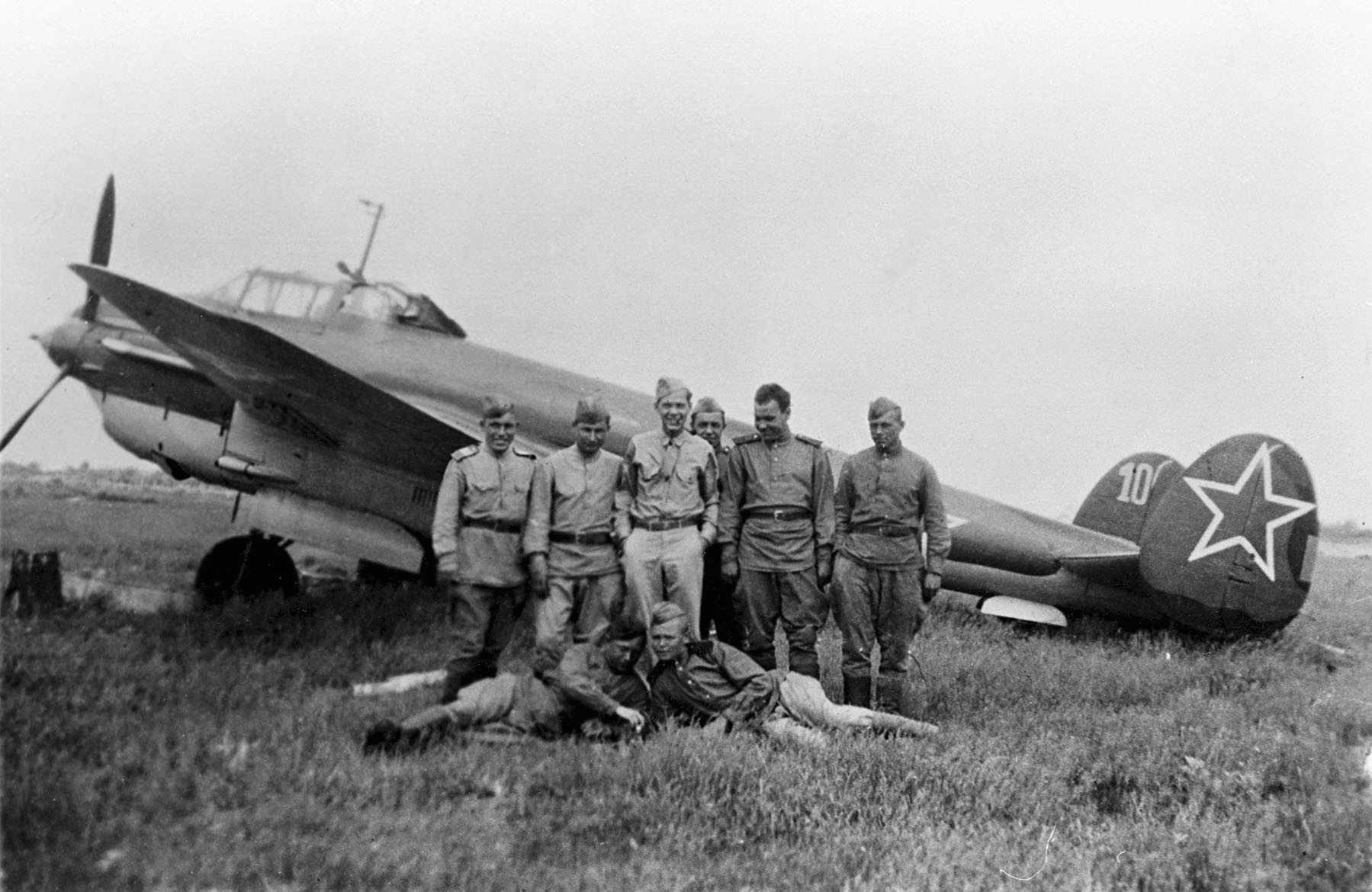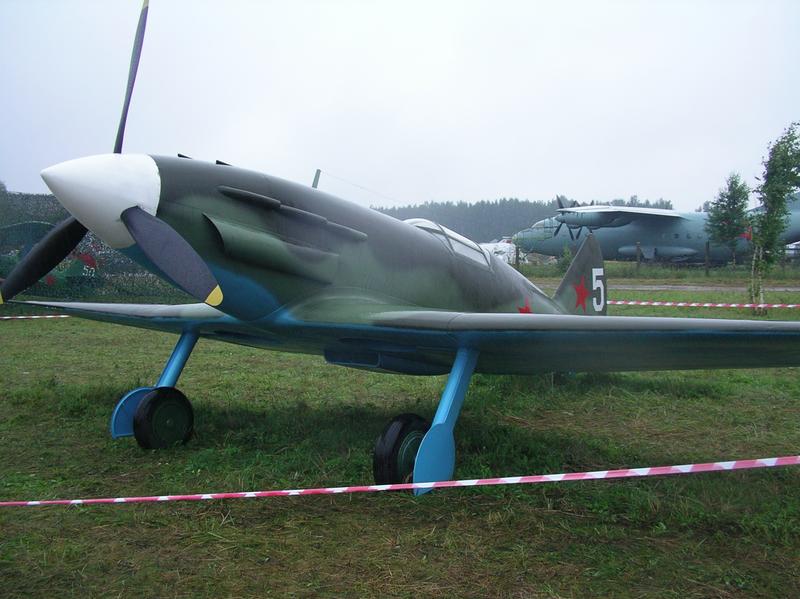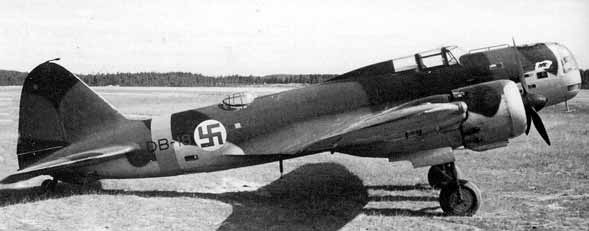|
Karl-Heinz Langer
Karl-Heinz Langer (19 April 1914 – 6 May 1955) was a Luftwaffe ace and recipient of the Knight's Cross of the Iron Cross during World War II. The Knight's Cross of the Iron Cross was awarded to recognise extreme battlefield bravery or successful military leadership. During his career he was credited with 30 aerial victories in 486 missions, 10 on the Western Front and 20 on the Eastern Front. Career Langer was appointed ''Staffelkapitän'' (squadron leader) of 7. '' Staffel'' (7th squadron) of ''Jagdgeschwader'' 3 (JG 3—3rd Fighter Wing) on 1 June 1943. He succeeded ''Oberleutnant'' Eberhard von Boremski who was wounded in combat the day before. On 14 October, during the Second Raid on Schweinfurt, Langer claimed the destruction of Boeing B-17 Flying Fortress bomber shot down east of Hammelburg. In this engagement, his Messerschmitt Bf 109 G-6 (''Werknummer'' 26924—factory number) was shot down by defensive fire. Langer was forced to bail out near Hammelburg ... [...More Info...] [...Related Items...] OR: [Wikipedia] [Google] [Baidu] |
Görlitz
Görlitz (; pl, Zgorzelec, hsb, Zhorjelc, cz, Zhořelec, :de:Ostlausitzer Mundart, East Lusatian dialect: ''Gerlz'', ''Gerltz'', ''Gerltsch'') is a town in the Germany, German state of Saxony. It is located on the Lusatian Neisse River, and is the largest town in Upper Lusatia as well as the second-largest town in the region of Lusatia, after Cottbus. Görlitz is the easternmost town in Germany (easternmost village is Zentendorf, Zentendorf (Šćeńc)), and lies opposite the Poland, Polish town of Zgorzelec, which was the eastern part of Görlitz until 1945. The town has approximately 56,000 inhabitants, which make Görlitz the List of cities in Saxony by population, sixth-largest town in Saxony. It is the seat of the Görlitz (district), district of Görlitz. Together with Zgorzelec, it forms the Euro City of Görlitz/Zgorzelec, which has a combined population of around 86,000. While not Sorbian languages, Lusatiophone itself, the town is situated just east of the Sorbian la ... [...More Info...] [...Related Items...] OR: [Wikipedia] [Google] [Baidu] |
Messerschmitt Bf 109
The Messerschmitt Bf 109 is a German World War II fighter aircraft that was, along with the Focke-Wulf Fw 190, the backbone of the Luftwaffe's fighter force. The Bf 109 first saw operational service in 1937 during the Spanish Civil War and was still in service at the end of World War II in 1945. It was one of the most advanced fighters when it first appeared, with an all-metal monocoque construction, a closed canopy, and retractable landing gear. It was powered by a liquid-cooled, inverted-V12 aero engine. It was called the Me 109 by Allied aircrew and some German aces, even though this was not the official German designation. It was designed by Willy Messerschmitt and Robert Lusser who worked at Bayerische Flugzeugwerke during the early to mid-1930s. It was conceived as an interceptor, although later models were developed to fulfill multiple tasks, serving as bomber escort, fighter-bomber, day-, night-, all-weather fighter, ground-attack aircraft, and reconnaissance ... [...More Info...] [...Related Items...] OR: [Wikipedia] [Google] [Baidu] |
Ilyushin Il-2
The Ilyushin Il-2 (Russian: Илью́шин Ил-2) is a ground-attack plane that was produced by the Soviet Union in large numbers during the Second World War. The word ''shturmovík'' (Cyrillic: штурмовик), the generic Russian term for a ground-attack aircraft, became a synecdoche for the Il-2 in English sources, where it is commonly rendered Shturmovik, StormovikStapfer, 1995 and Sturmovik.Rastrenin, 2008 To Il-2 pilots, the aircraft was known by the diminutive "Ilyusha". To the soldiers on the ground, it was called the "Hunchback", the "Flying Tank" or the "Flying Infantryman". Its postwar NATO reporting name was Bark.Gunston 1995, p. 106. During the war, 36,183 units of the Il-2 were produced, and in combination with its successor, the Ilyushin Il-10, a total of 42,330Jane's 1989, p. 529. were built, making it the single most produced military aircraft design in aviation history, as well as one of the most produced piloted aircraft in history along with the A ... [...More Info...] [...Related Items...] OR: [Wikipedia] [Google] [Baidu] |
Polikarpov R-5
The Polikarpov R-5 (russian: Р-5) was a Soviet reconnaissance bomber aircraft of the 1930s. It was the standard light bomber and reconnaissance aircraft of the Soviet Air Force for much of the 1930s, while also being used heavily as a civilian light transport, some 7,000 being built in total. Development and design The R-5 was developed by the design bureau led by Nikolai Nikolaevich Polikarpov А. С. Яковлев. О жизни и о себе (записки авиаконструктора). 2-е изд., доп. М., 1968. стр.159 as a replacement for the R-1 which served as the standard reconnaissance and light bomber aircraft with the Soviet Air Force. The prototype first flew in autumn 1928, powered by an imported German BMW VI V-12 engine. It was an unequal-span single-bay biplane of mainly wooden construction. After extensive evaluation, the R-5 entered production in 1930, powered by the Mikulin M-17, a licence-built copy of the BMW-VI, as a reconnaissance bombe ... [...More Info...] [...Related Items...] OR: [Wikipedia] [Google] [Baidu] |
Petlyakov Pe-2
The Petlyakov Pe-2 (russian: Петляков Пе-2) was a Soviet twin-engine dive bomber used during World War II. One of the outstanding tactical attack aircraft of the war,Ethell 1996, p. 152. it also proved successful as a heavy fighter, as a night fighter ( Pe-3 variant) and as a reconnaissance aircraft.Angelucci and Matricardi 1978, p. 234. The Pe-2 was, numerically, the most important Soviet bomber of World War II, at their peak comprising 75% of the Soviet twin-engine bomber force.Smith 2003, pp. 155. The Soviets manufactured Pe-2s in greater numbers (11,430 built) during the war than any other twin-engine combat aircraft except for the German Junkers Ju 88 and the British Vickers Wellington.Guston 1980, p. 173. Several communist air forces flew the type after the war, when it became known by the NATO reporting name ''Buck''. Development In 1937, Vladimir Petlyakov was the leader of the Heavy Aircraft Brigade at the Tupolev OKB responsible for the development of the ANT-4 ... [...More Info...] [...Related Items...] OR: [Wikipedia] [Google] [Baidu] |
Mikoyan-Gurevich MiG-3
The Mikoyan-Gurevich MiG-3 (russian: Микоян и Гуревич МиГ-3) was a Soviet Union, Soviet interceptor aircraft, fighter-interceptor used during World War II. It was a development of the Mikoyan-Gurevich MiG-1, MiG-1 by the OKO (opytno-konstruktorskij otdel — Experimental Design Department) of Zavod (Factory) No. 1 in Moscow to remedy problems found during the MiG-1's development and operations. It replaced the MiG-1 on the production line at Factory No. 1 on 20 December 1940 and was built in large numbers during 1941 before Factory No. 1 was converted to build the Ilyushin Il-2. On 22 June 1941, at the beginning of Operation Barbarossa, some 981 were in service with the Soviet Air Forces (VVS), the Soviet Air Defence Forces (PVO) and Soviet Naval Aviation. The MiG-3 was difficult to fly in peacetime and much more so in combat. Originally designed as a high-altitude fighter-interceptor, combat over the Eastern Front (World War II), Eastern Front was generally at l ... [...More Info...] [...Related Items...] OR: [Wikipedia] [Google] [Baidu] |
Ilyushin DB-3
The Ilyushin DB-3, where "DB" stands for ''Dalniy Bombardirovschik'' (Russian: Дальний бомбардировщик) meaning "long-range bomber", was a Soviet bomber aircraft of World War II. It was a twin-engined, low-wing monoplane that first flew in 1935. 1,528 were built. The DB-3 was the precursor of the Ilyushin Il-4 (originally designated DB-3F). Design and development The genesis of the DB-3 lay in the BB-2, Sergey Ilyushin's failed competitor to the Tupolev SB. Ilyushin was able to salvage the work and time invested in the BB-2's design by recasting it as a long-range bomber, again competing against a Tupolev design, the DB-2, to meet the stringent requirements of an aircraft capable of delivering a bombload to a range of at a maximum speed no less than . He had redesigned the BB-2 to take advantage of the radial Gnome-Rhône Mistral Major 14Kdrs engine, for which the Soviets had purchased a license in 1934 as the M-85, and had begun construction of the prototype ... [...More Info...] [...Related Items...] OR: [Wikipedia] [Google] [Baidu] |
Polikarpov I-153
The Polikarpov I-153 ''Chaika'' (Russian ''Чайка'', "Seagull") was a late 1930s Soviet biplane fighter. Developed as an advanced version of the I-15 with a retractable undercarriage, the I-153 fought in the Soviet-Japanese combats in Mongolia and was one of the Soviets' major fighter types in the early years of the Second World War. Three I-153s are still flying. Design and development In 1937, the Polikarpov design bureau carried out studies to improve on the performance of its I-15 and I-15bis biplane fighters without sacrificing manoeuvrability, as Soviet tactical doctrine was based on a mix of high performance monoplane fighters (met by the Polikarpov I-16) and agile biplanes.Gordon and Dexter 1999, p. 124. Early combat experience from the Spanish Civil War had shown that the I-16 had problems dealing with the Fiat CR.32 biplanes used by the Italian forces supporting the Nationalists, which suggested a need to continue the use of biplane fighters, and as a result, Po ... [...More Info...] [...Related Items...] OR: [Wikipedia] [Google] [Baidu] |
Longitude
Longitude (, ) is a geographic coordinate that specifies the east–west position of a point on the surface of the Earth, or another celestial body. It is an angular measurement, usually expressed in degrees and denoted by the Greek letter lambda (λ). Meridians are semicircular lines running from pole to pole that connect points with the same longitude. The prime meridian defines 0° longitude; by convention the International Reference Meridian for the Earth passes near the Royal Observatory in Greenwich, England on the island of Great Britain. Positive longitudes are east of the prime meridian, and negative ones are west. Because of the Earth's rotation, there is a close connection between longitude and time measurement. Scientifically precise local time varies with longitude: a difference of 15° longitude corresponds to a one-hour difference in local time, due to the differing position in relation to the Sun. Comparing local time to an absolute measure of time allows ... [...More Info...] [...Related Items...] OR: [Wikipedia] [Google] [Baidu] |
Latitude
In geography, latitude is a coordinate that specifies the north– south position of a point on the surface of the Earth or another celestial body. Latitude is given as an angle that ranges from –90° at the south pole to 90° at the north pole, with 0° at the Equator. Lines of constant latitude, or ''parallels'', run east–west as circles parallel to the equator. Latitude and ''longitude'' are used together as a coordinate pair to specify a location on the surface of the Earth. On its own, the term "latitude" normally refers to the ''geodetic latitude'' as defined below. Briefly, the geodetic latitude of a point is the angle formed between the vector perpendicular (or ''normal'') to the ellipsoidal surface from the point, and the plane of the equator. Background Two levels of abstraction are employed in the definitions of latitude and longitude. In the first step the physical surface is modeled by the geoid, a surface which approximates the mean sea level over the ocean ... [...More Info...] [...Related Items...] OR: [Wikipedia] [Google] [Baidu] |
Minute Of Arc
A minute of arc, arcminute (arcmin), arc minute, or minute arc, denoted by the symbol , is a unit of angular measurement equal to of one degree. Since one degree is of a turn (or complete rotation), one minute of arc is of a turn. The nautical mile (nmi) was originally defined as the arc length of a minute of latitude on a spherical Earth, so the actual Earth circumference is very near . A minute of arc is of a radian. A second of arc, arcsecond (arcsec), or arc second, denoted by the symbol , is of an arcminute, of a degree, of a turn, and (about ) of a radian. These units originated in Babylonian astronomy as sexagesimal subdivisions of the degree; they are used in fields that involve very small angles, such as astronomy, optometry, ophthalmology, optics, navigation, land surveying, and marksmanship. To express even smaller angles, standard SI prefixes can be employed; the milliarcsecond (mas) and microarcsecond (μas), for instance, are commonly used in ast ... [...More Info...] [...Related Items...] OR: [Wikipedia] [Google] [Baidu] |
German Federal Archives
The German Federal Archives or Bundesarchiv (BArch) (german: Bundesarchiv) are the National Archives of Germany. They were established at the current location in Koblenz in 1952. They are subordinated to the Federal Commissioner for Culture and the Media (Claudia Roth since 2021) under the German Chancellery, and before 1998, to the Federal Ministry of the Interior (Germany), Federal Ministry of the Interior. On 6 December 2008, the Archives donated 100,000 photos to the public, by making them accessible via Wikimedia Commons. History The federal archive for institutions and authorities in Germany, the first precursor to the present-day Federal Archives, was established in Potsdam, Brandenburg in 1919, a later date than in other European countries. This national archive documented German government dating from the founding of the North German Confederation in 1867. It also included material from the older German Confederation and the Imperial Chamber Court. The oldest documents i ... [...More Info...] [...Related Items...] OR: [Wikipedia] [Google] [Baidu] |


.jpg)
.jpg)



